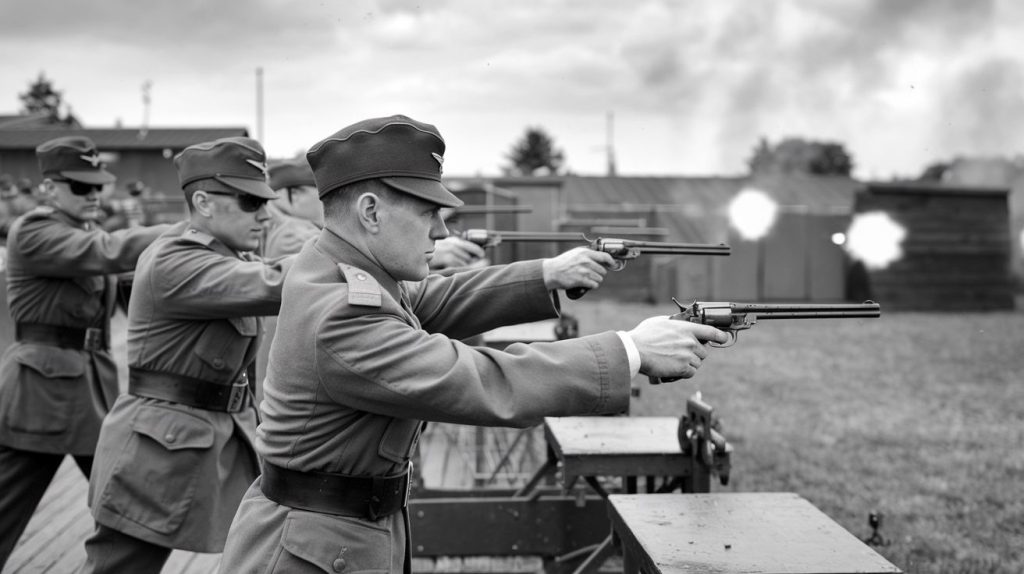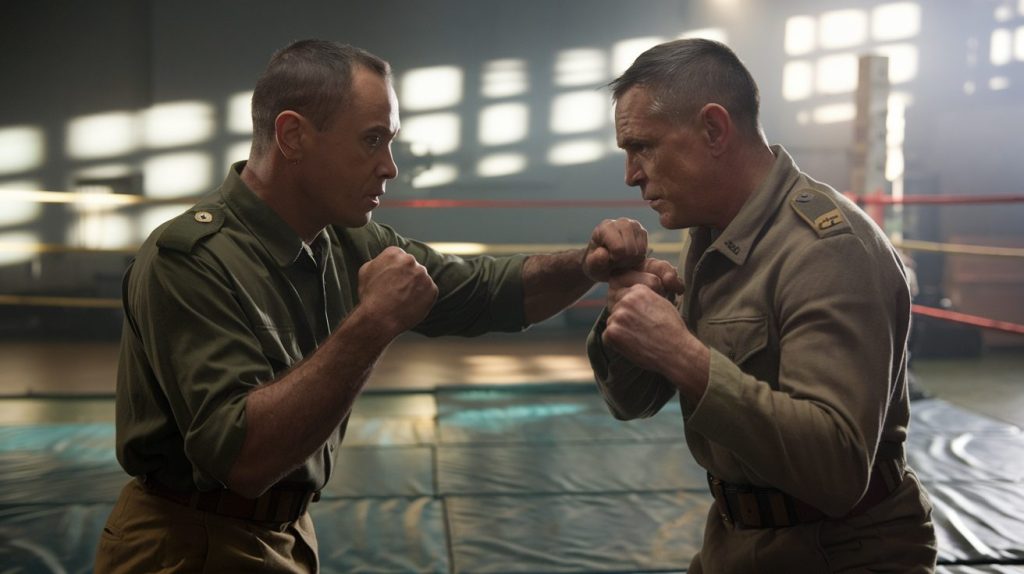Discover the life and legacy of Eric Anthony Sykes, co-founder of the Fairbairn-Sykes fighting system. Learn how his marksmanship, Shanghai street experience, and collaboration with William E. Fairbairn revolutionized close-quarters combat and modern special forces training.
The Life of Eric Anthony Sykes
Eric Anthony Sykes was one of the most influential figures in the history of modern combatives. Born in 1883 in Barton-upon-Irwell, England, Sykes began his career as a marksman and firearms expert long before he became a legendary instructor. His deep understanding of hand-to-hand combat, combined with his mastery of pistol shooting, helped shape the brutal efficiency of World War II close-quarters battle tactics.

Early Training and Influences
Before his military fame, Sykes worked as a civilian in the Shanghai Municipal Police, where he met William E. Fairbairn, the man who would become his lifelong collaborator. Shanghai in the 1920s and 1930s was one of the most dangerous cities in the world—a place where street fights, gang wars, and armed robberies were daily occurrences. It was there that both men refined their techniques through real-world experience.
Sykes trained intensively in defensive pistol shooting, hand-to-hand combat, and knife fighting, often drawing inspiration from Japanese jujutsu, boxing, and European fencing principles. His knowledge of balance, timing, and accuracy became the foundation for what later evolved into close-quarters battle (CQB) training for elite military units.

Partnership with Fairbairn
When Sykes and Fairbairn joined forces, they developed what became known as the Fairbairn-Sykes System of Combatives—a stripped-down, practical fighting method designed for soldiers, commandos, and intelligence operatives. Their approach emphasized speed, surprise, and ruthless simplicity—the idea that in life-or-death situations, hesitation or overcomplicated moves could be fatal.
Together, they trained members of the British Commandos, OSS (the forerunner of the CIA), and the SOE (Special Operations Executive). Their system became the backbone of World War II close-quarters combat training, influencing military and law enforcement tactics around the world.

The Fairbairn-Sykes Fighting Knife
One of Sykes’ most enduring legacies is the creation of the Fairbairn-Sykes Fighting Knife, designed in 1941. Its sleek, double-edged design became an icon of World War II special forces and remains a symbol of elite military training even today. The knife was perfectly balanced for both stabbing and slashing, reflecting Sykes’ deep understanding of close-range combat dynamics.
Legacy and Influence
Eric Anthony Sykes’ influence can still be seen in modern military combatives, SWAT training, and law enforcement tactics. His methods emphasized psychological readiness, explosive aggression, and accuracy under stress—principles still taught in special operations units across the world.
Sykes’ teachings remind us that martial efficiency isn’t about tradition or showmanship—it’s about what works when survival is on the line. Alongside Fairbairn and later Dermot “Pat” O’Neill, Sykes helped shape the brutal and effective lineage of WWII combatives that evolved into modern self-defense systems.


